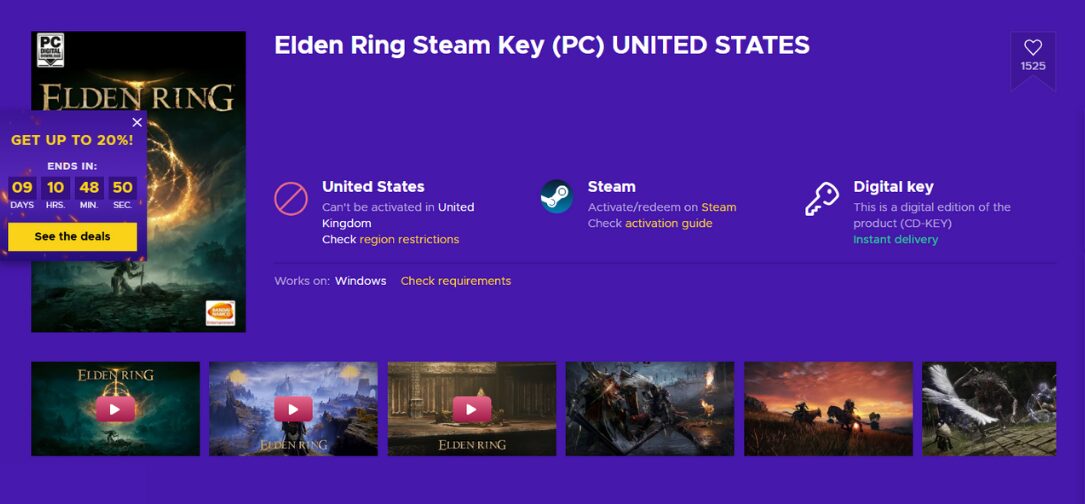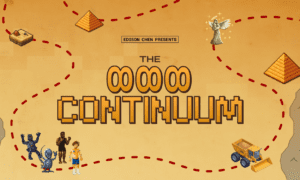In most games, failure is something to avoid. Death means losing progress. Mistakes feel like wasted time. The design is built around keeping the player comfortable, always moving forward, and rarely punished for errors. But FromSoftware rewired that basic relationship. In their worlds, failure isn’t a setback – it’s the entire loop. You don’t succeed in spite of failure. You succeed because of it.
Every game they’ve built, from Demon’s Souls to Dark Souls to Bloodborne, and now Elden Ring, is constructed around the same core principle: you will fail, repeatedly and brutally, but every failure is a lesson.
The First Death Is the Beginning
Elden Ring drops you into a world that offers little in the way of instruction. You’re left to figure out how anything works while giant enemies wander into view, ready to crush you within minutes of starting the game. The first death usually comes quickly. So does the second. And the third.
But after every failure, something shifts. You learn to watch for attack patterns. You spot openings. You test different weapons, change your build, and explore alternate paths. Each death hands you new information. The game is never explicitly teaching you – it forces you to teach yourself. Every mistake becomes a tiny step forward. Over time, that shift in mindset becomes the real victory.
If you want to experience this strange psychological training firsthand, the Elden Ring PC version is one of the easiest ways to learn these lessons the hard way. And thanks to digital marketplaces like Eneba, stepping into this cycle has never been easier.
Breaking the Fear of Failure
What makes FromSoftware’s approach so effective is how it dismantles the player’s natural fear of failure. Most games work overtime to prevent you from feeling frustrated. They provide checkpoints every few steps, safety nets, and generous autosaves. FromSoftware takes the opposite approach. Their games are not interested in sparing your ego. They strip away those comforts until failure feels normal, even expected.
This design choice conditions players to shift their emotional response. Failure doesn’t create rage or despair – it becomes routine. The frustration never fully disappears, but over time, it transforms into determination. The player stops fearing death because they no longer see it as something to avoid, but as a constant companion that helps sharpen their understanding of the game’s systems.
Learning Through Repetition
FromSoftware’s design rewards repetition, but not in the way traditional grind-based games do. You’re not farming levels or accumulating meaningless currencies. You’re farming knowledge. Every encounter pushes you to analyze your own behavior. Did you dodge too early? Did you overcommit to an attack? Did you ignore a pattern? The more you fail, the more you refine your timing, your positioning, and your decision-making.
The repetition doesn’t feel like mindless busywork because each attempt brings you closer to mastery. Success isn’t a product of better stats or gear alone—it comes from a deep familiarity with every enemy’s behavior, every move, every opportunity to strike. That mastery is earned through patience, not shortcuts.
Redefining Progress
In Elden Ring, progress isn’t measured by how quickly you reach the end. It’s measured by how much better you get at surviving what once seemed impossible. The bosses don’t get easier. You simply become stronger, not because of the character level on your screen, but because you’ve absorbed the lessons buried inside each failure.
This philosophy creates a deeply satisfying form of progression that sticks with players long after they’ve finished the game. It’s not about collecting achievements. It’s about how much more capable you’ve become by enduring the punishment. That’s why the experience of playing Elden Ring feels so unique – and why so many players keep coming back for more.



































